I’m sure you’ll agree with me on this – research is an integral part of any SEO strategy. Only with the right data, can you make decisions regarding the next actions you want to take to improve your organization's search visibility.
But here's the catch: you don't always have that data or have insufficient information to decide how to boost your brand's visibility in search. And even if you do have what you need, you lack the ability to process it and extract the insights that would help you make more informed decisions.
That's why we upgraded our Research Grid, in the seoClarity platform. By leveraging deep-learning to understand your customers’ intent, Research Grid provides the data, layered with machine-learning insights to help guide the development of your SEO strategy.
1. Closing the Content Gap
We've covered a full post on closing the content gap on our blog before. (If you missed the full explanation and importance, you can check it out here.)
A content gap describes keywords (and content) that your competitors already rank for, but you do not. And for many brands, the content gap could mean a significant number of missed opportunities. Just take a look at the below comparison of two domains:

Note the size of the content gap between them:
- 127 thousand keywords
- Over 14 million opportunities for traffic growth.
The Research Grid allows you to identify your current content gap (between up to 5 competitors at once). From then on, based on the information the platform offers, you can select which keywords you're going to target first to close the content gap.
(For a more thorough guide on how to do this, check out this post)
2. Find Highly-Relevant Content Ideas
Earlier this year, when Mitul shared his my content marketing predictions, he said:
"... the bar’s set high for 2017, particularly when it comes to the effect content will have on search rankings."
And one of the major changes us and other marketers have noticed was the lack of relevance in so much content produced today. Content teams, SEOs, digital marketers seem to be producing content in silos, without taking their audience's real needs into consideration.
At the same time, those very audiences have developed completely new ways to acquire information. For example:
- Instead of using keywords and search phrases, they now ask Google direct questions (and often, via Voice Search and Voice Assistants)
- They also serve the search engine scraps of information they have, expecting Google to make sense of them, and deliver the right results (which, as we both know, it can do very well).
As a result, we're now facing a significant discrepancy between the content being produced, and the audience's expectations. The only way to overcome this is to discover the actual questions your target customer asks online. This is another area at which Research Grid solves your challenge of understanding your audience's intent.
The Content Ideas tool allows you to discover actual questions being asked online that are relevant to your search phrase.
Here's an example. Below are results for a simple query - "garden shed."
Note how many different (and highly-relevant) content ideas I can get from just the first couple of results.
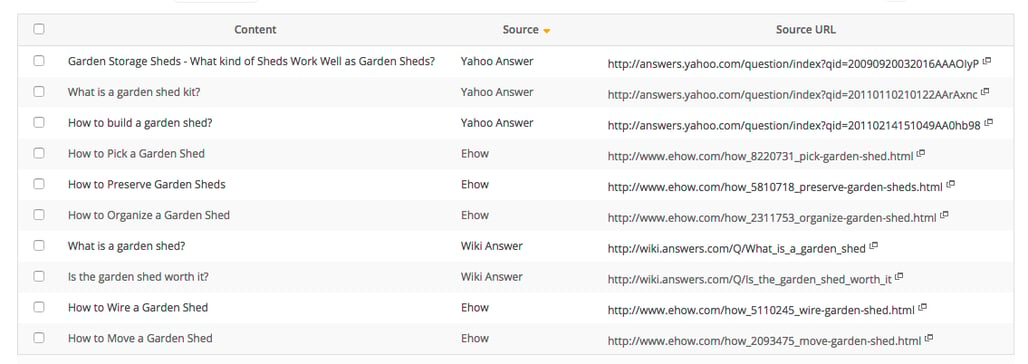
3. Find Answer Box Opportunities
The benefits of your content appearing in the Answer Box are irrefutable:
- Greater exposure. Pretty much everyone noticed the answer box results.
- Higher click-through rate. Again, the answer box attracts more clicks. And that’s even if it’s not positioned at the top of the page.
- Increased perceived authority. Many searchers will naturally consider content that Google has selected for the answer box as more authoritative.
And then, there’s voice search.
Google uses content from the Answer Box when delivering information users requested by voice. Like the example of this question:
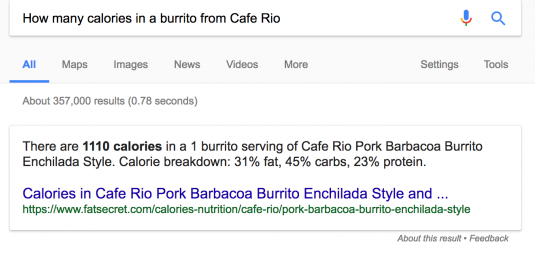
Asking this question via voice search will get Google or other virtual assistants to read out the Answer Box information. It comes as no surprise that organizations begin to invest in positioning their content in the Answer Box. The Research Grid can also help you achieve that objective.
The Answer Box Opportunity module allows you to monitor how many times you and your competitors appear in answer box results. But also, it helps identify new keywords for which you could position the content in the Answer Box.

The tool will show you new keyword opportunities, and URLs that currently rank in the Answer Box for those phrases.
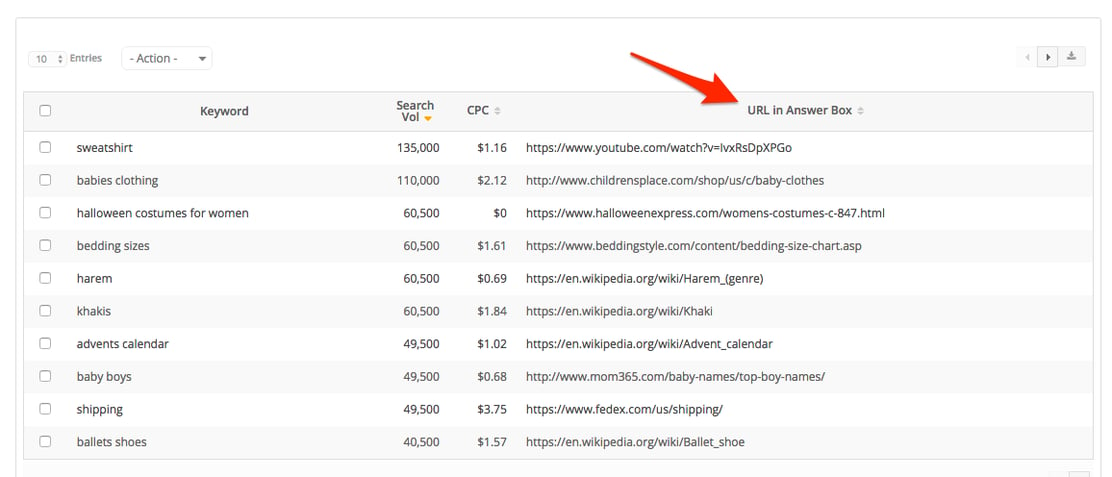
From then on, you can analyze those keywords to identify opportunities to overtake the ranking URL with your corresponding page.
4. Gain Insights from PPC Keywords Performance
Fact: often, PPC is a better source of keyword insight. For one, you can discover how different keywords perform much quicker than if you were to wait for organic traffic data. Unfortunately, often SEOs lack access to the Adwords data to analyze and compare how keywords perform across both channels.
The Research Grid helps connect the two channels and brings that data together to so you can pull insights to help optimize for SEO. The PPC vs. Organic Report allows you to compare the performance of pay per click and organic keywords. You can analyze everything from traffic, rankings, to orders and sales. Next, you can correlate this data with impressions and search volume per keyword to establish high-opportunity phrases you should focus on boosting in the search.
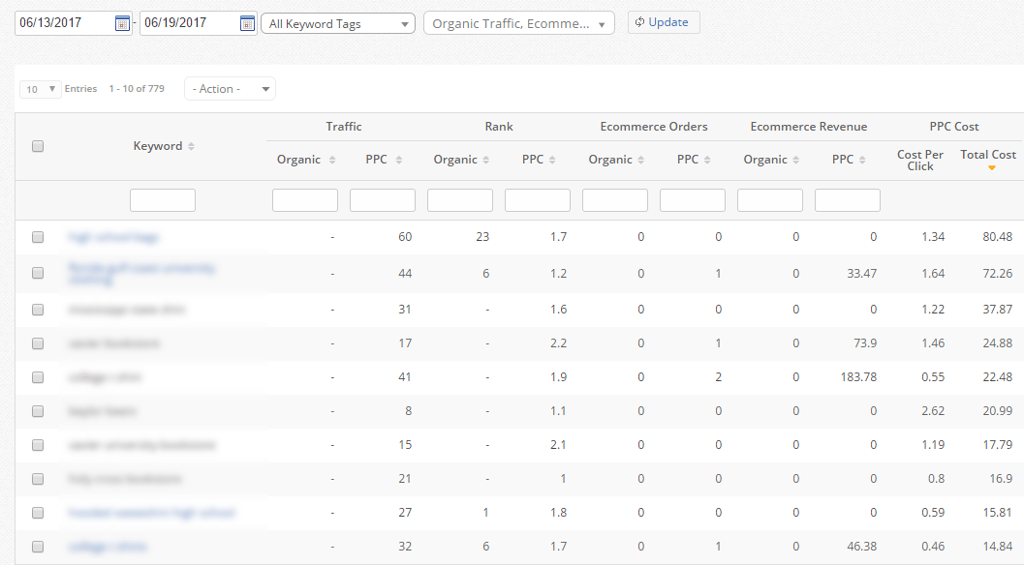
Closing Thoughts
Data is an integral part of SEO. Having the right information empowers you to make more informed decisions to make the right choices in prioritizing projects to improve your online visibility. Knowing how often SEOs lack access to the right data and the ability to process it, we enhanced the Research Grid to give you access the entire search landscape right at your fingertips to understand, access and analyze data to improve your SEO strategy.
Learn more about the power of the Research Grid >
Current seoClarity users, get started using the Research Grid >




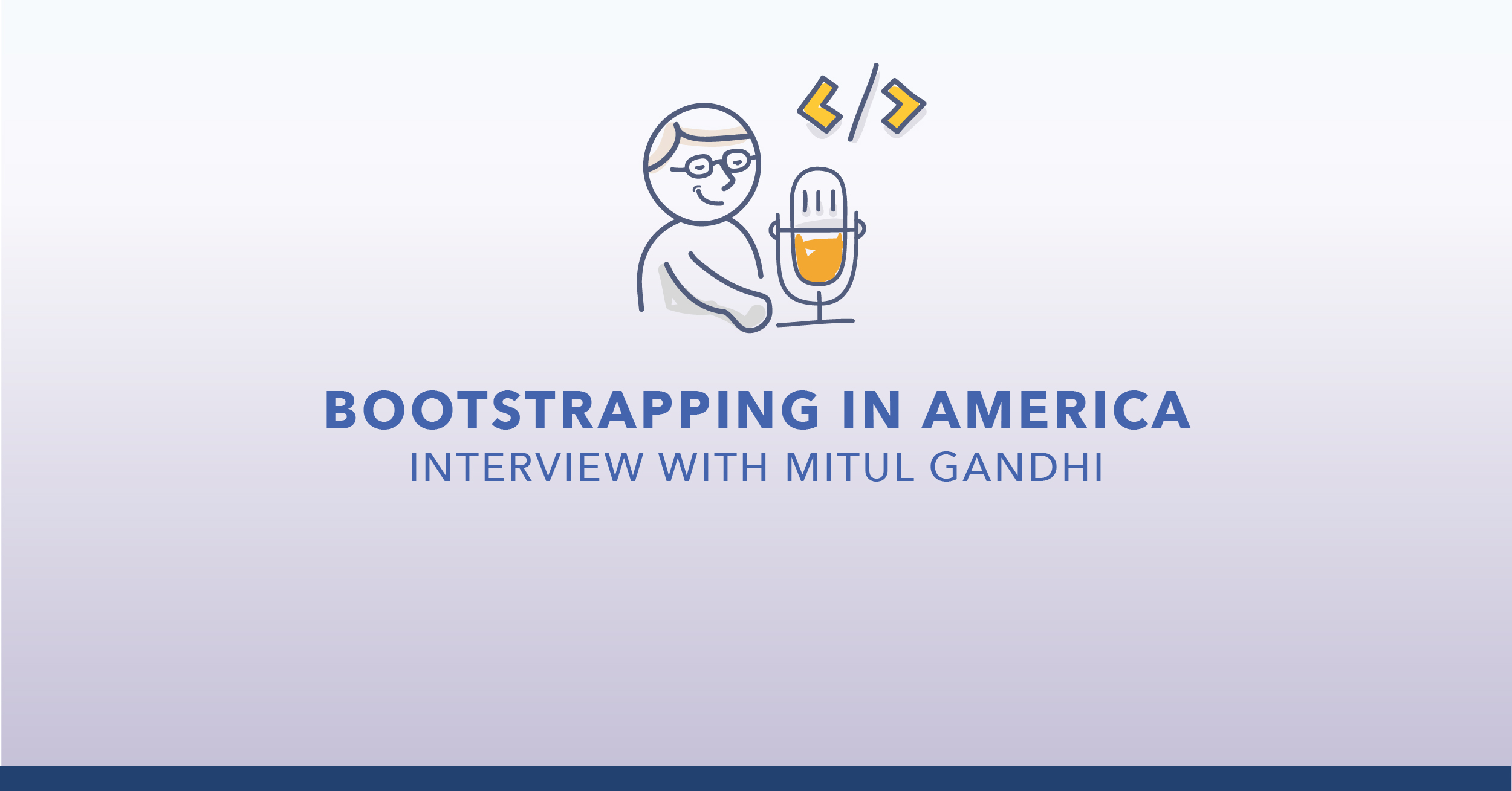
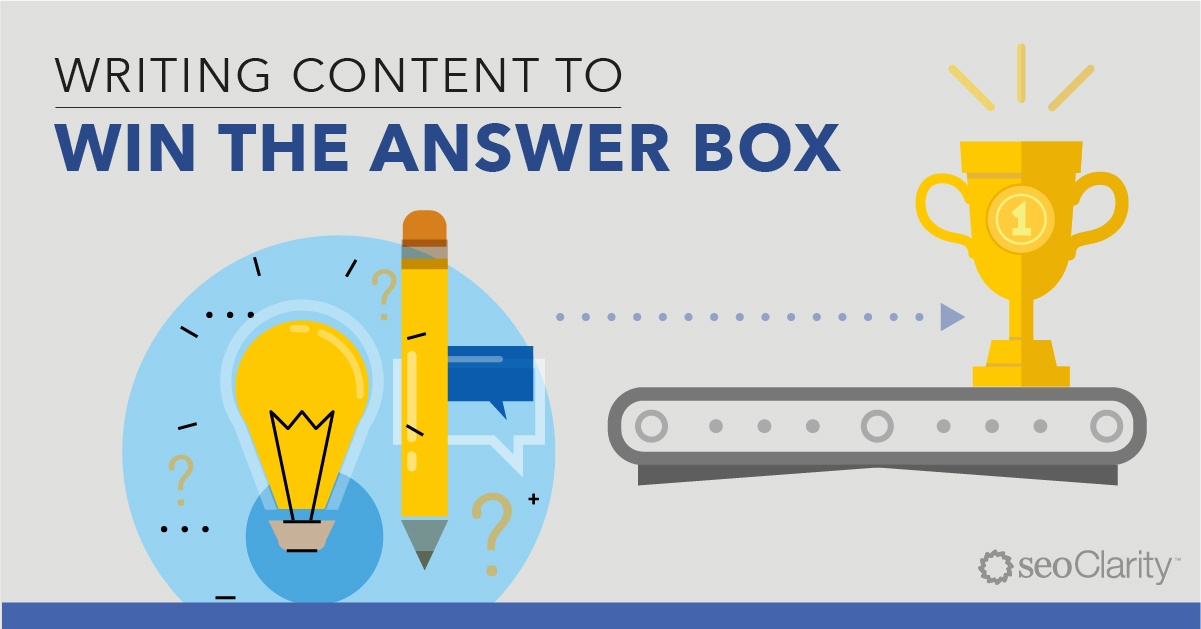

Comments
Currently, there are no comments. Be the first to post one!